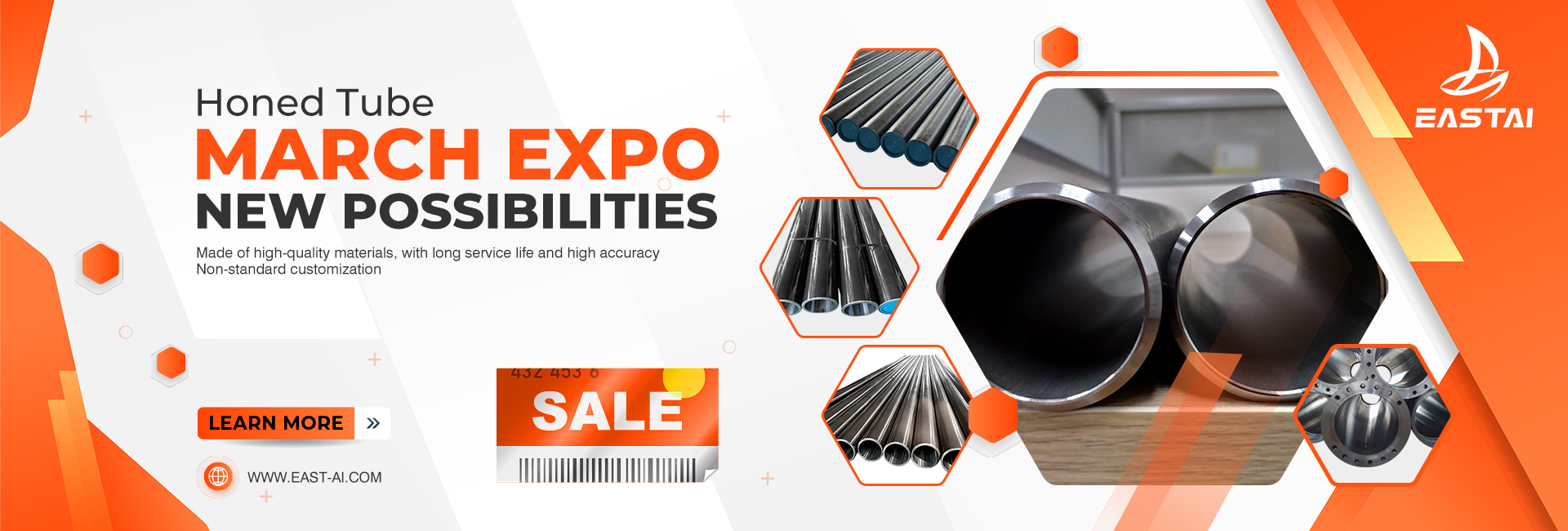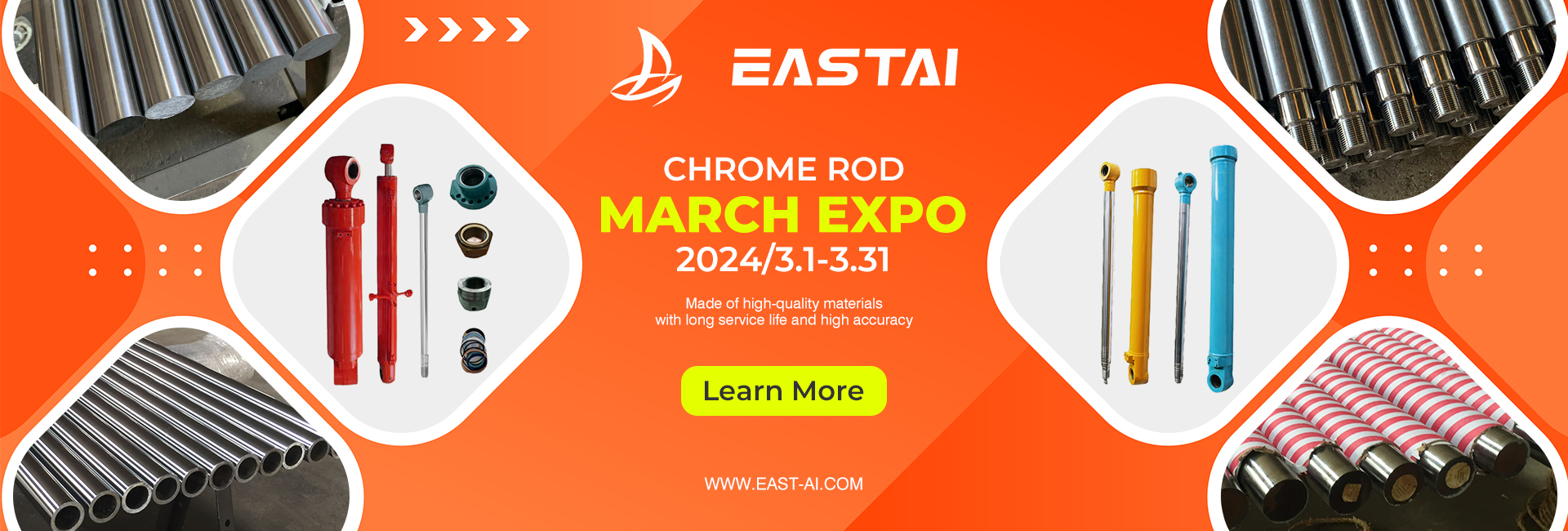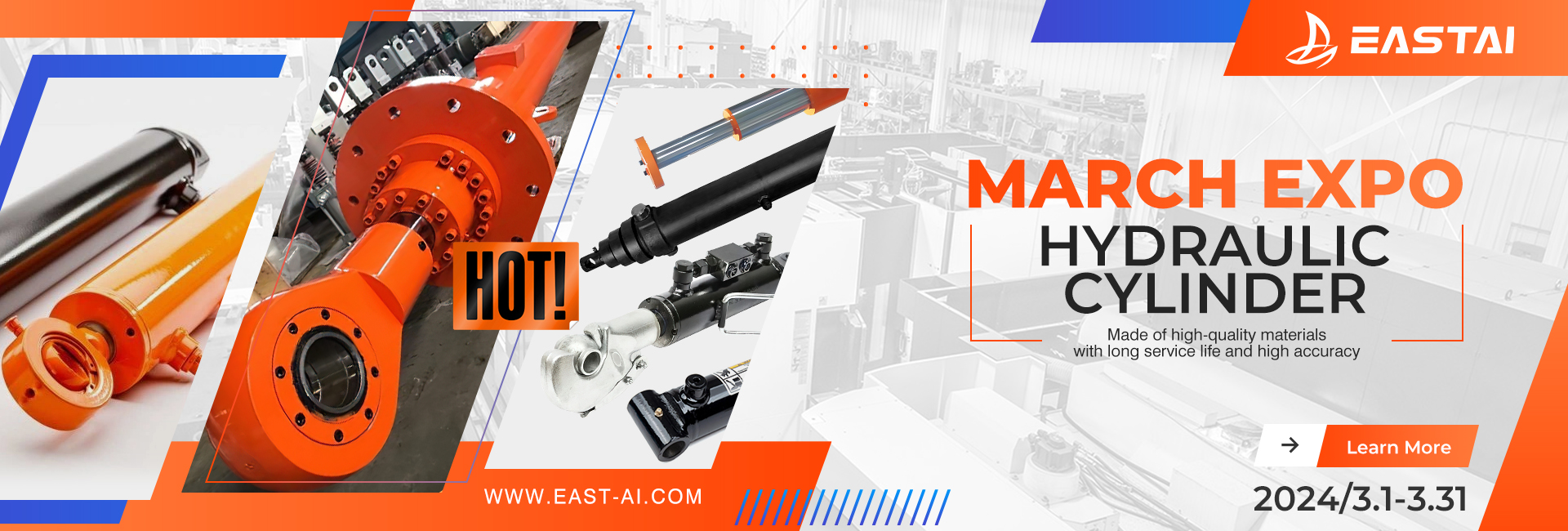Precision and Durability in Engineering Stainless Steel Honed Tube: Precision and Durability in Engineering
Honed tubes are an integral component in various industries where precision, durability, and smooth operation are of utmost importance. Used frequently in hydraulic and pneumatic systems across many sectors for efficient functioning machinery across sectors – in this article we’ll delve into their manufacturing process, advantages, applications and more – this article covers everything you need to know about stainless steel honed tubes!
What Is a Stainless Steel Honed Tube? A stainless steel honed tube is a type of mechanical tubing which undergoes the honing process to achieve smooth finishing and high-dimensional accuracy. Honing involves precise grinding and polishing to create an even inner surface finish and achieve the best dimensional accuracy possible; typically made out of high-grade stainless steel known for its corrosion resistance and mechanical strength.
Honed Tubes contul The various advantages offered by stainless steel honed tubes make them indispensable in engineering applications. First, their honing process produces an interior surface with an almost mirror-like finish, reducing friction and wear during operation for improved efficiency and component longevity. Furthermore, their corrosion-resistant nature allows these tubes to endure harsh environmental conditions that make them suitable for outdoor and marine use.
Honing tubes find great use in hydraulic and pneumatic systems. Their precise dimensions enable tight seals and smooth fluid flow for improved system functionality – especially shock absorbers in automotive settings and precision machinery for industrial settings where honing tubes play a critical role.
Manufacturing Process
Producing stainless steel honed tubes involves several steps that culminate in an exceptional product. First, seamless stainless steel tubes that meet specific specifications are chosen; these then go through honing machines using specialized abrasive stones that move back and forth within them to gradually remove material and achieve the desired surface finish. All steps of production are closely monitored to ensure dimensional accuracy and surface quality are attained.
Applications in Different Industries
Stainless steel honed tubes have become an invaluable component across numerous industries, from automotive to machinery. Automotive applications for stainless steel honed tubes include shock absorbers and hydraulic cylinders requiring high levels of precision and reliability; machinery uses them in precision machinery and equipment that ensure smooth operations; while oil and gas companies depend on them as integral components in hydraulic systems and drilling equipment to withstand harsh environments.
Selecting an Appropriate Stainless Steel Honed Tube
Finding the suitable stainless steel honed tube for any given application involves careful consideration of several factors. Material grade plays a pivotal role, with different grades providing different levels of corrosion resistance and mechanical strength. Dimensions such as diameter and wall thickness should meet system specifications while honing quality has direct influence over frictional forces and fluid flows.
Installation and Maintenance For optimal performance of stainless steel honed tubes, proper installation techniques must be used to avoid damage and ensure leak-free connections. Regular cleaning and inspection also contributes to prolonging their longevity; by adhering to recommended maintenance schedules users can increase the longevity of their stainless steel honed tubes.
Comparing Stainless Steel Honed Tubes With Other Tubes
When considering tubing options, it’s essential to understand how stainless steel honed tubes compare with other types, like seamless and welded tubes. While seamless tubes provide uniform pressure resistance and seamless tubes excel when applications demand precision and surface quality; on the other hand, honed tubes excel where precise surfaces and improved surface quality is key. Welded tubes may contain inconsistencies caused by welding processes which could limit their use in critical situations.
Market Trends and Growth
Demand for precision components across different industries is driving the expansion of stainless steel honed tubes. As technology progresses, seamless operation and efficient machinery become even more essential than before – this trend should continue as stainless steel honed tubes find applications in emerging fields like robotics and automation – as complexities in industrial processes increase, necessitating components which meet stringent performance criteria.
Challenges and Limitations
Though stainless steel honed tubes offer many benefits, there can be challenges and restrictions associated with their production that should be kept in mind. Due to specialized processes involved, manufacturing costs for honing tubes may be higher compared to other tubing options; furthermore, their machinery requirements could potentially lead to supply constraints; it is therefore crucial that this factor is balanced against your specific application needs when considering it as a possible solution.
Future Innovations
Honing technology continues to evolve rapidly and its capabilities should only become even greater with future advances. Abrasive materials, precision machinery and automated honing processes could all help further smooth surface finishes while tightening tolerances further still. Furthermore, sensors and smart systems could revolutionize how honed tubes are managed within larger industrial setups.
Environmental Considerations
Sustainability is becoming ever-more of a focus, making stainless steel honed tubes even more important in our world today.
Post time: Aug-10-2023




